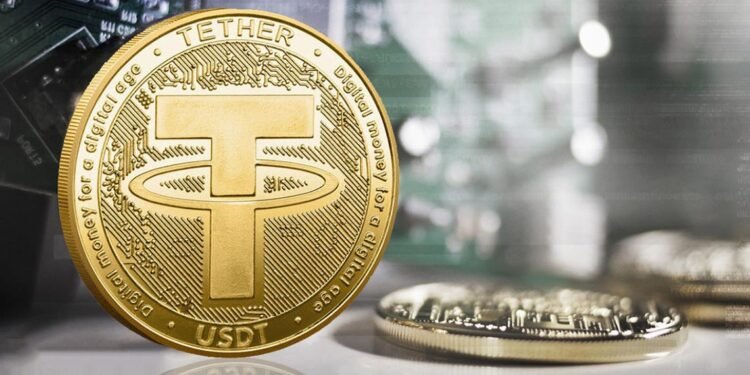Stablecoins have emerged in the cryptocurrency landscape, trying to close the gap between the volatility of digital assets and the stability of traditional currencies. These digital currencies are typically pegged to established assets like the U.S. dollar or commodities such as gold, and their target is to maintain a consistent value. This stability makes them appealing for various applications of everyday life.
What is a Stablecoin
When Bitcoin launched in 2009, it changed the financial world by introducing a system for direct transactions without intermediary. However, Bitcoin’s price fluctuations made it less practical for everyday use. Ethereum, which came later, built on Bitcoin’s foundation by adding smart contracts, allowing developers to create programmable financial tools. This led to the rise of Decentralized Finance (DeFi), but Ethereum’s token, Ether (ETH), also faced price volatility.
Stablecoins, introduced in 2014, are digital currencies designed to keep their value steady, usually tied 1:1 to traditional currencies like the US dollar. They’re created on blockchain networks like Ethereum and Tron and they’re combining blockchain’s advantages – like transparency, speed, and programmability – with the stable value needed for broader adoption. By eliminating the problem of unpredictable prices, stablecoins have expanded beyond trading to become useful for both everyday users and large institutions.
Types Of Stablecoins
At their core, stablecoins are digital currencies designed to minimize price fluctuations, a common issue with cryptocurrencies like Bitcoin and Ethereum. They achieve this stability through different mechanisms.
Fiat-Pegged Stablecoins
These are linked directly to traditional currencies. For example, Tether (USDT) and USD Coin (USDC) are pegged to the U.S. dollar, ensuring each token’s value remains close to one dollar.
Commodity-Pegged Stablecoins
Backed by physical assets, such as gold or silver, these stablecoins allow investors to hold digital assets representing tangible commodities. PAX Gold (PAXG), for instance, is backed by gold reserves.
Crypto-Backed Stablecoins
Supported by other cryptocurrencies, these stablecoins often use over-collateralization to counteract the volatility of their backing assets. Dai, maintained by the MakerDAO protocol, is a prominent example.
Algorithmic Stablecoins
These rely on algorithms and smart contracts to manage the supply of tokens in circulation, aiming to maintain their peg without direct backing by assets. However, some algorithmic stablecoins have faced challenges in maintaining their pegs, leading to increased scrutiny and caution among investors.
Applications of Stablecoins
Stablecoins have become established for several reasons. Their stability makes them suitable for everyday purchases and as a medium of exchange within the crypto ecosystem, while they offer faster and more cost-effective cross-border payments compared to traditional banking systems.
In DeFi platforms, stablecoins are used for lending, borrowing, and earning interest, providing a stable medium in a volatile market. Investors use them to protect their assets during market downturns without converting to fiat currencies.
Regulatory Landscape
The rapid adoption of stablecoins has caught the attention of regulators worldwide. In the United States, for instance, there is ongoing debate about how to regulate these digital assets to ensure financial stability and protect consumers. The European Union has introduced the Markets in Crypto-Assets Regulation (MiCA) to create a unified framework for crypto-assets, including stablecoins, focusing on consumer protection and market integrity. Similarly, countries like Singapore and Japan have developed their own regulatory frameworks to oversee stablecoin issuance and usage.
Challenges and Considerations
Despite their advantages, stablecoins face a lot of challenges. As mentioned, global regulators are increasingly focusing on stablecoins, which could lead to stricter compliance requirements.
Concerns have been raised about the transparency of reserves backing some stablecoins, emphasizing the need for regular audits and disclosures. Furthermore, there is evidence that stablecoins have been used in illicit activities, including sanctions evasion and scams, highlighting the importance of robust compliance measures.
Final Thoughts
Stablecoins represent a significant innovation in the digital currency space, combining the benefits of blockchain technology with the stability of traditional assets. As they continue to evolve, balancing innovation with regulatory compliance will be crucial to ensure their sustainable growth and integration into the global financial system.





























